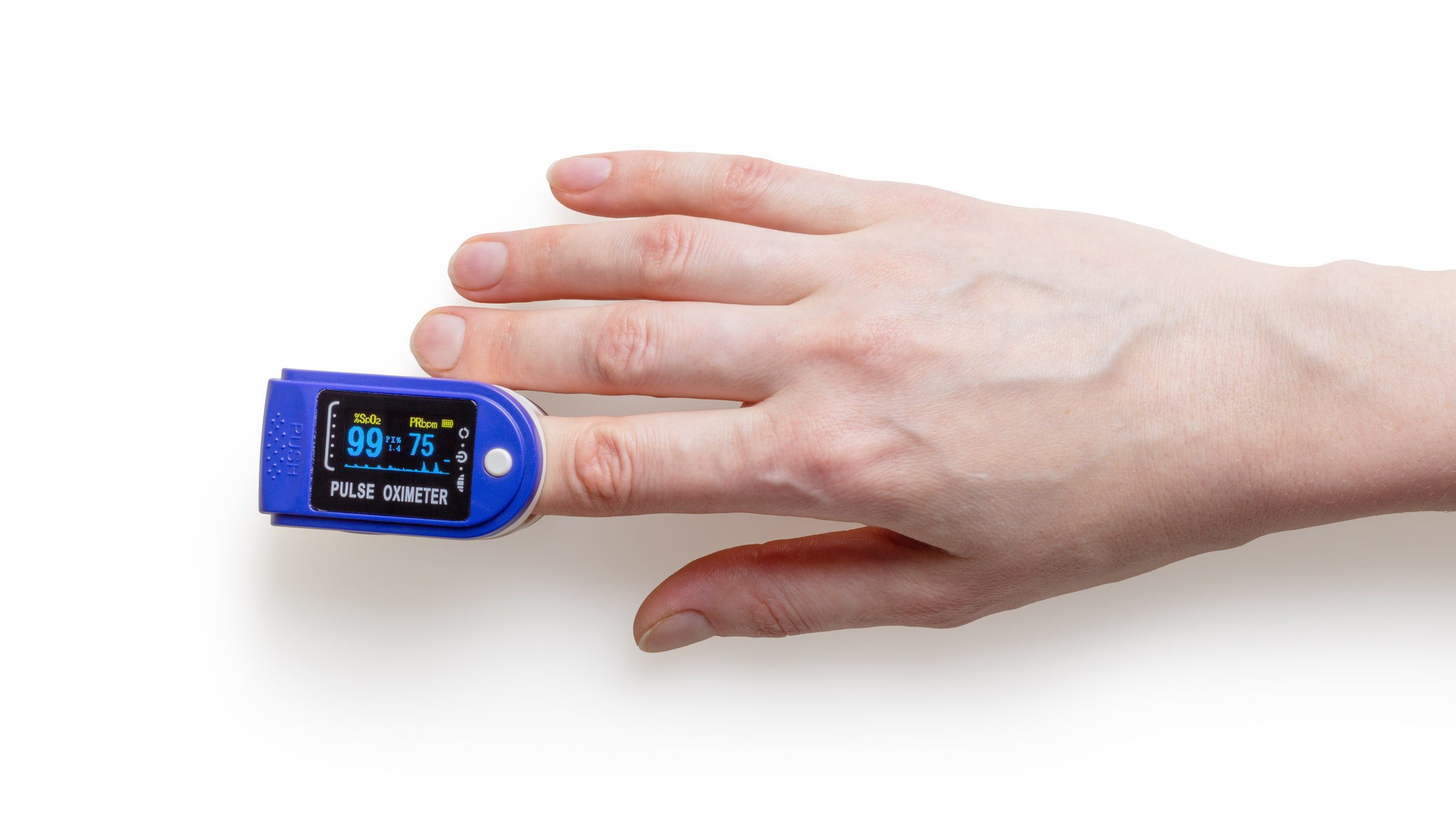The human body is a highly complex mechanism of interdependent systems, which can make health monitoring confusing. Thankfully, we can get a health overview by measuring our body’s internal dashboard – our vital signs. The human body’s four main vital signs – body temperature, pulse rate, respiration rate, and blood pressure – are measurements of essential bodily functions. Vital sign measurements provide critical information about our state of health, both immediately, like during a medical emergency, or as an indicator of a chronic disease or condition. Normal vital sign measurements will vary based on age, sex, physical condition, along with other factors.
The pulse rate is the number of times the heart beats per minute – an actual measurement of the heart rate. As blood is pushed through the arteries, the arteries expand and contract. A normal resting pulse rate is 60 to 100 beats per minute (bpm) for healthy adults. Factors affecting pulse rate can include exercise, illness, injury, or emotional state. Minimum and maximum safe pulse rates will vary with age. Symptoms of an abnormal pulse rate can be chest pain, shortness of breath, lightheadedness, dizziness, or fainting. When exercising, be careful to stay within your safe heart rate range and consult a doctor whenever starting or changing your exercise routine. Athletes may have resting heart rates as low as 40 beats per minute. Children under 12 years of age have very different normal pulse rates than adults. Infant heart rates typically range from 100 – 205 bpm. Pediatric heart rates will gradually decrease with age. From six to 11 years of age, the normal pulse rate is 75 – 118 bpm.
Pulse rate can be measured manually at certain points on the body where it’s easiest to feel the arteries pumping near the surface of the skin. These pulse points are the side of the neck, inside of the elbow, and at the wrist. Most commonly, pulse rate is measured on the inside of the wrist. To measure one’s pulse rate, the first and second fingertips should be pressed firmly on the wrist below the palm. Then, move the fingers until a pulse is felt and finally count the pulse for 60 seconds (or for 15 seconds and multiply by 4). A stethoscope or a heart rate monitor can also be used to determine pulse rate. You can monitor your heart rate and record the results to discuss with your doctor. Here’s to your health!





